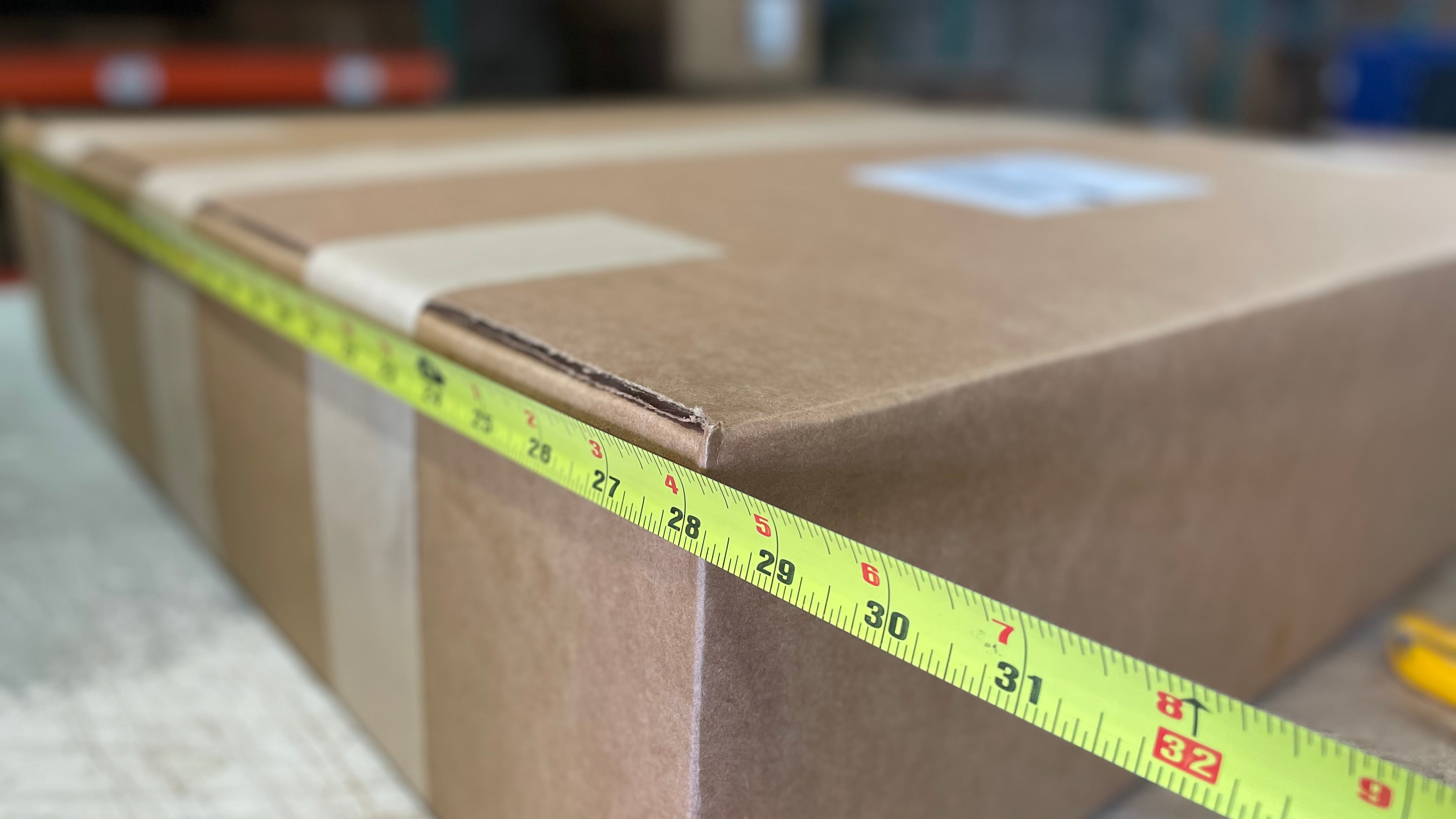

Articles
How To Measure Boxes For Shipping
Modified: December 6, 2023
Learn how to measure boxes for shipping with this comprehensive guide. Ensure accurate home maintenance by properly sizing your packages for shipping.
(Many of the links in this article redirect to a specific reviewed product. Your purchase of these products through affiliate links helps to generate commission for Storables.com, at no extra cost. Learn more)
Introduction
When it comes to shipping packages, one of the most crucial steps is accurately measuring the dimensions of the box. Properly measuring the boxes ensures that you select the appropriate shipping box size, and it also helps determine the shipping costs and avoid any potential damages during transit. In this article, we will guide you through the process of measuring boxes for shipping, step by step.
Whether you are a small business owner or an individual sending packages, mastering the art of measuring boxes will save you time, money, and prevent any unnecessary headaches. So, let’s dive in and learn the proper techniques and tools required to measure boxes accurately.
Key Takeaways:
- Mastering the art of measuring boxes for shipping saves time, money, and prevents headaches. Gather tools, measure accurately, and choose the right box size for a hassle-free shipping experience.
- Attention to detail and careful consideration in measuring and choosing the correct shipping box size ensures well-protected, appropriately sized packages ready for a smooth transit. Consider dimensions, carrier guidelines, and additional factors for successful delivery.
Read more: How To Store Shipping Boxes
Step 1: Gathering the necessary tools
Before you begin measuring your boxes, it’s important to gather the necessary tools. Here are the essential items you’ll need:
- Measuring tape: A measuring tape is a vital tool for accurately measuring the length, width, and height of the box. Ensure that the measuring tape has clear markings in both inches and centimeters.
- Pen or pencil: You’ll need a writing instrument to record the measurements. A pen or pencil works perfectly for this purpose.
- Notepad or paper: Have a notepad or a piece of paper ready to jot down the measurements. This will help you keep track of the dimensions and calculate the volume later on.
Once you have these tools ready, you’re all set to move on to the next step: measuring the length of the box.
Step 2: Measuring the length
Measuring the length of the box is the first step in determining its dimensions. Follow these instructions to measure the length accurately:
- Place the box on a flat surface: Find a clean and level surface to place the box on. Ensure that the box is well-aligned and not tilted.
- Locate the longest sides: Identify the longest sides of the box. These are usually the ones that stretch horizontally.
- Take the measuring tape: Hold the measuring tape firmly and extend it along one of the longest sides of the box. Make sure the tape is straight and not twisted.
- Measure from one end to the other: Note the measurement by aligning the end of the measuring tape with the starting point of the longest side. Extend the tape to the opposite end and read the measurement where it ends.
Record the length in both inches and centimeters on your notepad or paper. It’s essential to have both measurements for convenience when dealing with different shipping carriers and their respective requirements.
With the length measurement complete, you can now move on to the next step: measuring the width of the box.
Step 3: Measuring the width
Measuring the width of the box accurately is crucial for determining its dimensions. Here’s how you can measure the width:
- Position the box properly: Ensure that the box is still on a flat surface and that it is aligned correctly.
- Identify the shorter sides: Identify the shorter sides of the box, which are usually the ones that stretch vertically.
- Hold the measuring tape: Hold the measuring tape firmly and extend it along one of the shorter sides of the box. Make sure the tape is straight and not twisted.
- Measure from one end to the other: Align the end of the measuring tape with the starting point of the shorter side. Extend the tape to the opposite end and read the measurement where it ends.
Just like measuring the length, note down the width in both inches and centimeters for future reference. Having both measurements ensures compatibility with different shipping carrier requirements.
Now that you have obtained the width measurement, it’s time to proceed to the next step: measuring the height of the box.
Step 4: Measuring the height
Measuring the height of the box accurately is essential to determine its dimensions. Follow these steps to measure the height correctly:
- Continue with the box’s proper positioning: Ensure that the box is still on a level surface and is aligned correctly.
- Identify the remaining side: Identify the remaining side of the box that has not been measured yet. This side will be the height of the box.
- Hold the measuring tape vertically: Hold the measuring tape vertically and ensure it is straight and not twisted.
- Measure from the base to the top: Align the end of the measuring tape with the base of the box. Extend the tape to the top and read the measurement where it ends.
Record the height measurement in both inches and centimeters. Having both measurements will help you determine the box’s dimensions accurately and meet the requirements of various shipping carriers.
Now that you have the length, width, and height measurements, you can move on to the next step: calculating the volume of the box.
When measuring boxes for shipping, always measure the length, width, and height in inches. Round up to the nearest inch and add 2 inches to each dimension to account for packaging material.
Read more: How To Pack Shipping Boxes
Step 5: Calculating the volume
Calculating the volume of the box is crucial for determining the amount of space it occupies and for selecting the appropriate shipping box size. Here’s how you can calculate the volume:
- Use the measurements obtained: Take the length, width, and height measurements that you recorded earlier.
- Multiply the dimensions: Multiply the length, width, and height measurements together. The formula for calculating the volume of a rectangular box is: Volume = Length × Width × Height.
- Round off the result: Round off the calculated volume to the nearest whole number.
The resulting number is the volume of the box, measured in cubic inches or cubic centimeters. Knowing the volume is beneficial for determining the appropriate packaging materials, estimating shipping costs, and ensuring that the contents fit comfortably inside the box without any issues.
Now that you have calculated the volume, you can move on to the next step: choosing the correct shipping box size.
Step 6: Choosing the correct shipping box size
Choosing the correct shipping box size is essential to ensure that your package is well-protected during transit. Here are some tips to help you select the appropriate size:
- Consider the dimensions: Take into account the length, width, and height measurements of your package. Look for a shipping box that can accommodate these dimensions without excess space that could result in shifting or damage during shipping.
- Check with shipping carriers: Different shipping carriers have specific guidelines regarding box sizes. Consult their websites or contact their customer service to determine the maximum dimensions they accept without incurring additional charges or restrictions.
- Consider the contents: Consider the fragility and characteristics of the items you are shipping. If the contents are delicate or require extra protection, opt for a box with appropriate padding or consider using specialty packaging materials such as foam inserts or bubble wrap.
- Avoid oversized boxes: While it may be tempting to use a larger box, using an oversized box can lead to higher shipping costs and increased chances of damage during transit. Select a box that provides a snug fit for your items.
By carefully considering the dimensions, shipping carrier guidelines, and the nature of your items, you can choose the correct shipping box size that provides optimal protection and cost-efficiency for your package.
Now that you have determined the appropriate box size, let’s move on to the additional considerations in the next step.
Step 7: Additional considerations
While measuring and choosing the correct shipping box size are crucial steps, there are a few additional considerations to keep in mind to ensure a successful shipping experience:
- Weight restrictions: Apart from the dimensions, shipping carriers also have weight restrictions for packages. Ensure that your package falls within the weight limits specified by the carrier to avoid any issues or additional fees.
- Packaging materials: Along with the right box size, consider using appropriate packaging materials such as bubble wrap, packing peanuts, or foam inserts to provide additional protection to your items. Proper cushioning can help absorb shocks and reduce the risk of damage during transit.
- Sealing the box: Once your items are securely placed in the box, use sturdy packing tape to seal all edges and seams. This will prevent the box from opening during transit and ensure the contents remain intact.
- Labeling: Clearly label the shipping box with the recipient’s address and contact information, as well as your own return address. This will ensure proper delivery and facilitate communication in case of any issues.
- Shipping method: Consider the shipping methods available and choose one that meets your specific needs in terms of cost, speed, and tracking options. Different carriers offer various shipping options, so research and compare before making a decision.
By considering these additional factors, you can ensure that your package is properly protected, accurately labeled, and ready for smooth and efficient shipping. Take the time to follow these considerations to enhance the shipping experience and increase the likelihood of a successful delivery.
To conclude, measuring boxes for shipping requires attention to detail and careful consideration. By following the steps outlined in this guide and considering the additional factors, you can ensure that your packages are accurately measured, appropriately sized, well-protected, and ready for a hassle-free shipping journey.
Conclusion
Accurately measuring boxes for shipping is a crucial step in the shipping process, as it ensures that your packages are well-protected, appropriately sized, and ready for a smooth transit. By following the steps outlined in this guide, you can confidently and efficiently measure your boxes, select the correct shipping box size, and prepare your packages for a successful delivery.
Gathering the necessary tools, such as a measuring tape, pen or pencil, and notepad, is the first step in the process. Next, you’ll measure the length, width, and height of the box, ensuring to record the measurements in both inches and centimeters for convenience. With these measurements in hand, you can calculate the volume of the box, which aids in determining the appropriate packaging materials, estimating shipping costs, and ensuring a proper fit for the contents.
Choosing the correct shipping box size involves considering the dimensions of your package, checking the guidelines of shipping carriers, and considering the fragility of the items being shipped. Avoiding oversized boxes and selecting one that provides a snug fit helps reduce shipping costs and minimize the risk of damage during transit.
Additional considerations include adhering to weight restrictions, using adequate packaging materials, sealing the box securely, properly labeling the package, and selecting the appropriate shipping method. These factors contribute to the overall success of the shipping process, ensuring that your package reaches its destination safely and efficiently.
By paying attention to the details and following the steps outlined in this guide, you can become proficient in measuring boxes for shipping. This skill will not only save you time and money but also provide a peace of mind, knowing that your packages are well-prepared for their journey.
Remember, accurate measurements and proper box sizing are key elements in successful shipping. So, grab your measuring tape, gather your tools, and start measuring your boxes with confidence!
Frequently Asked Questions about How To Measure Boxes For Shipping
Was this page helpful?
At Storables.com, we guarantee accurate and reliable information. Our content, validated by Expert Board Contributors, is crafted following stringent Editorial Policies. We're committed to providing you with well-researched, expert-backed insights for all your informational needs.


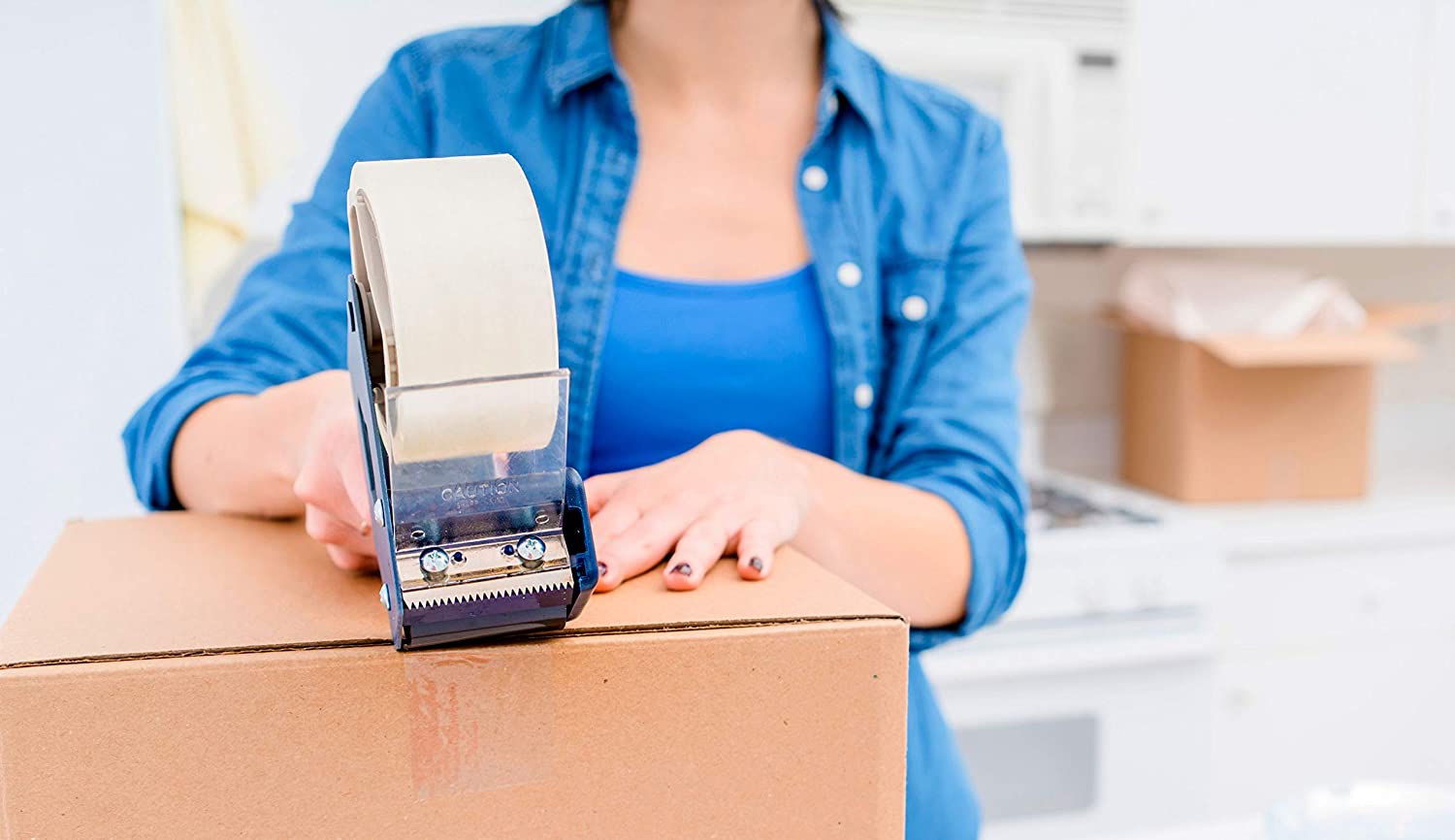
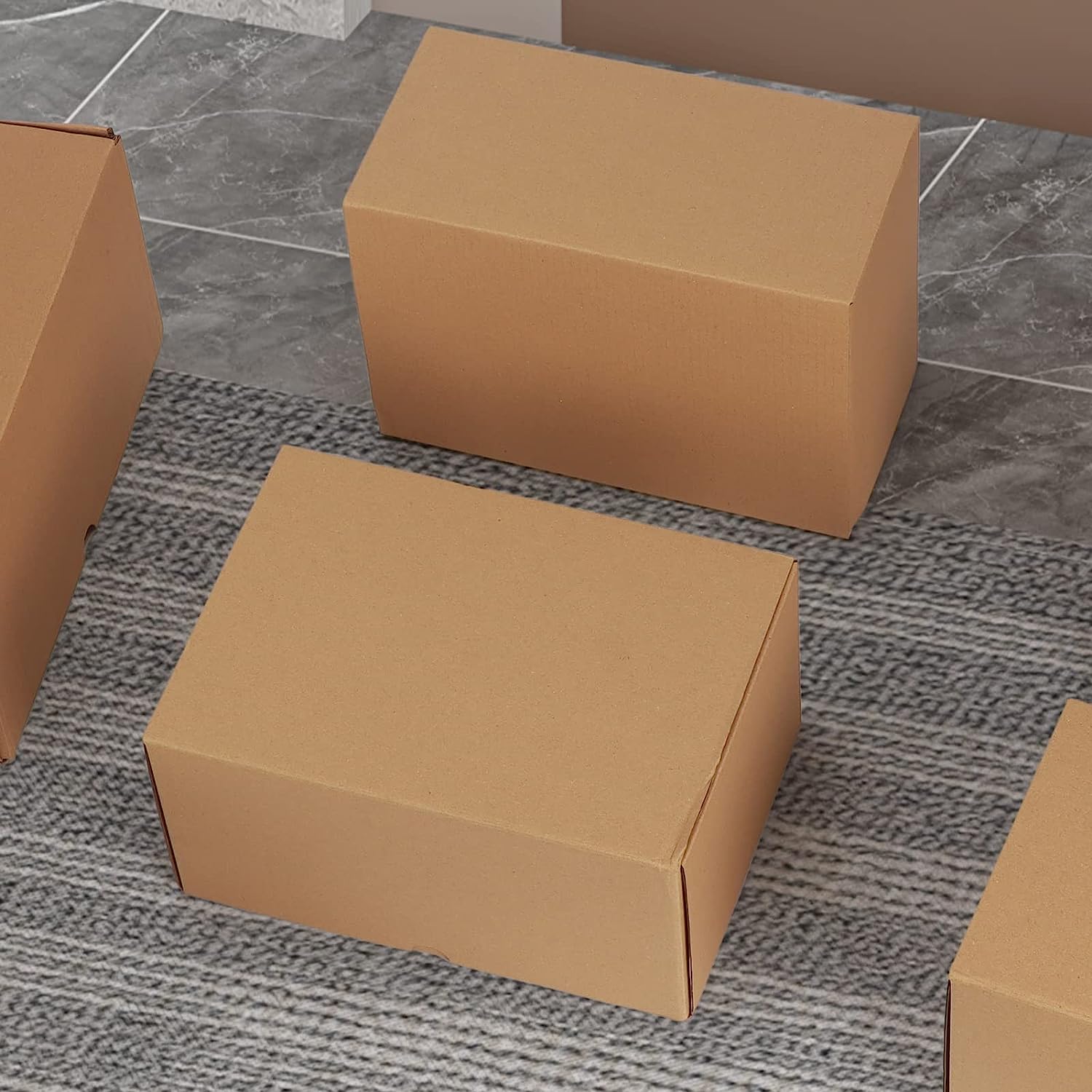
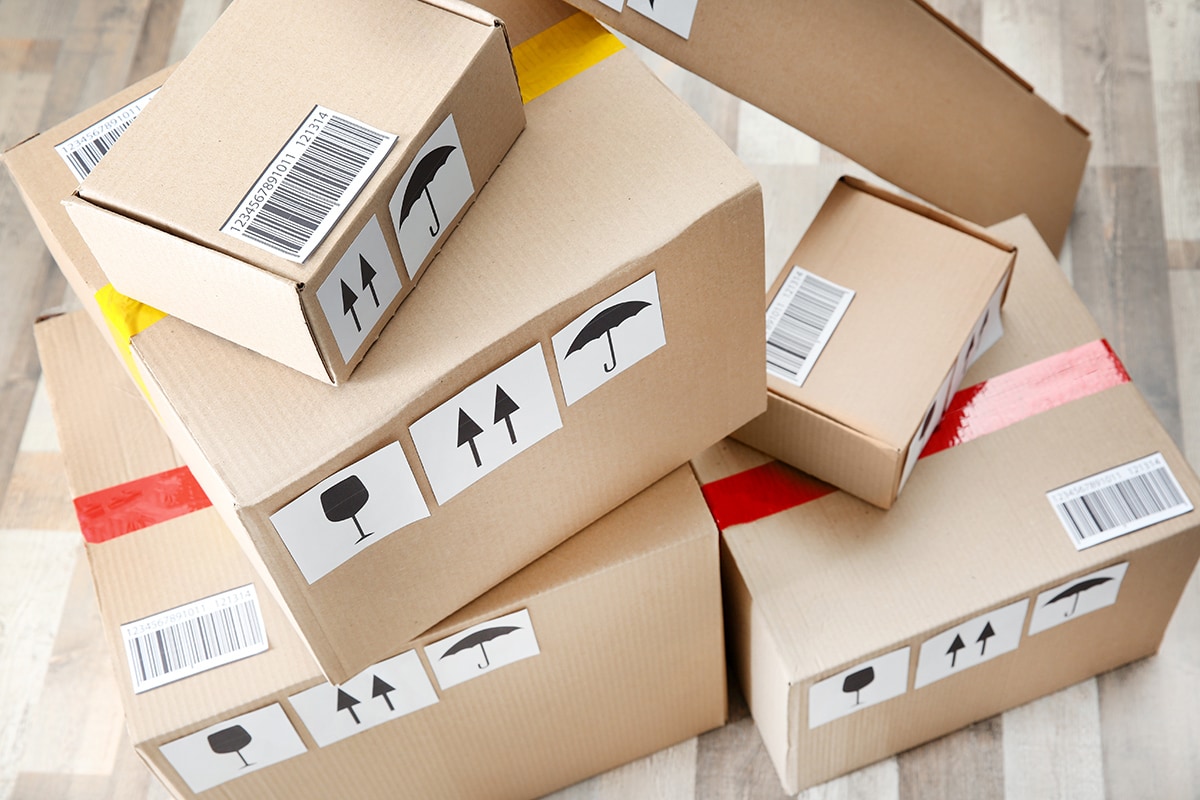
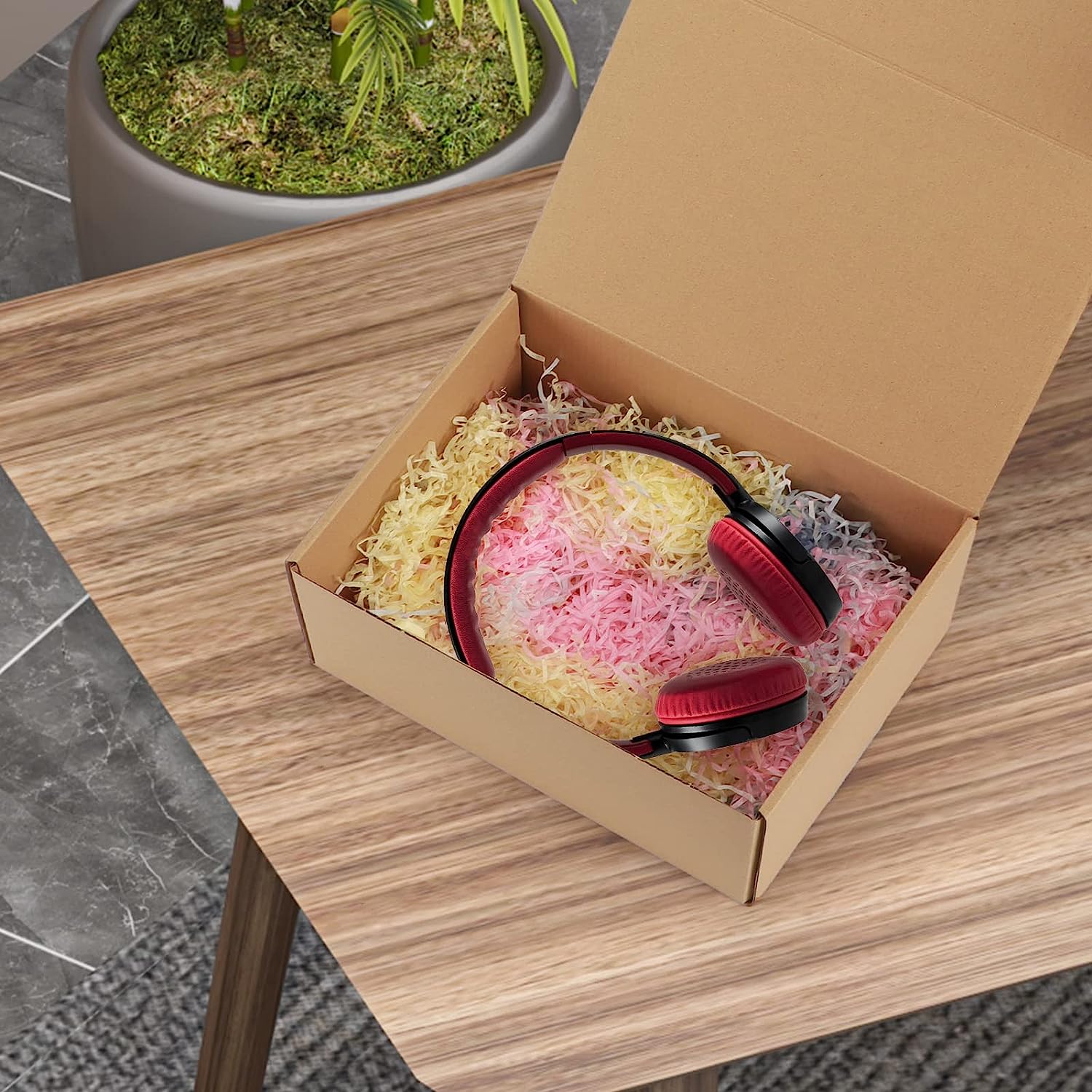
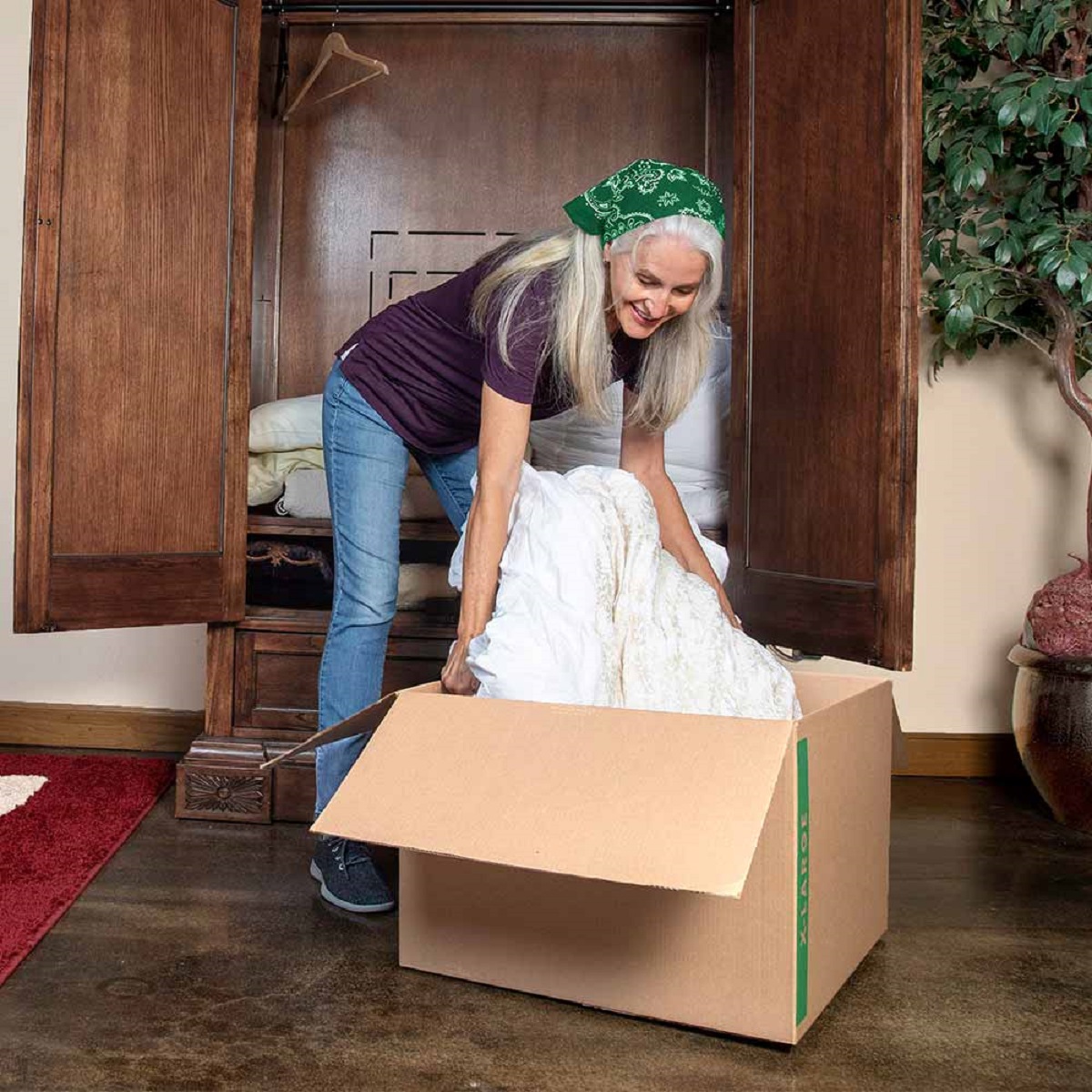
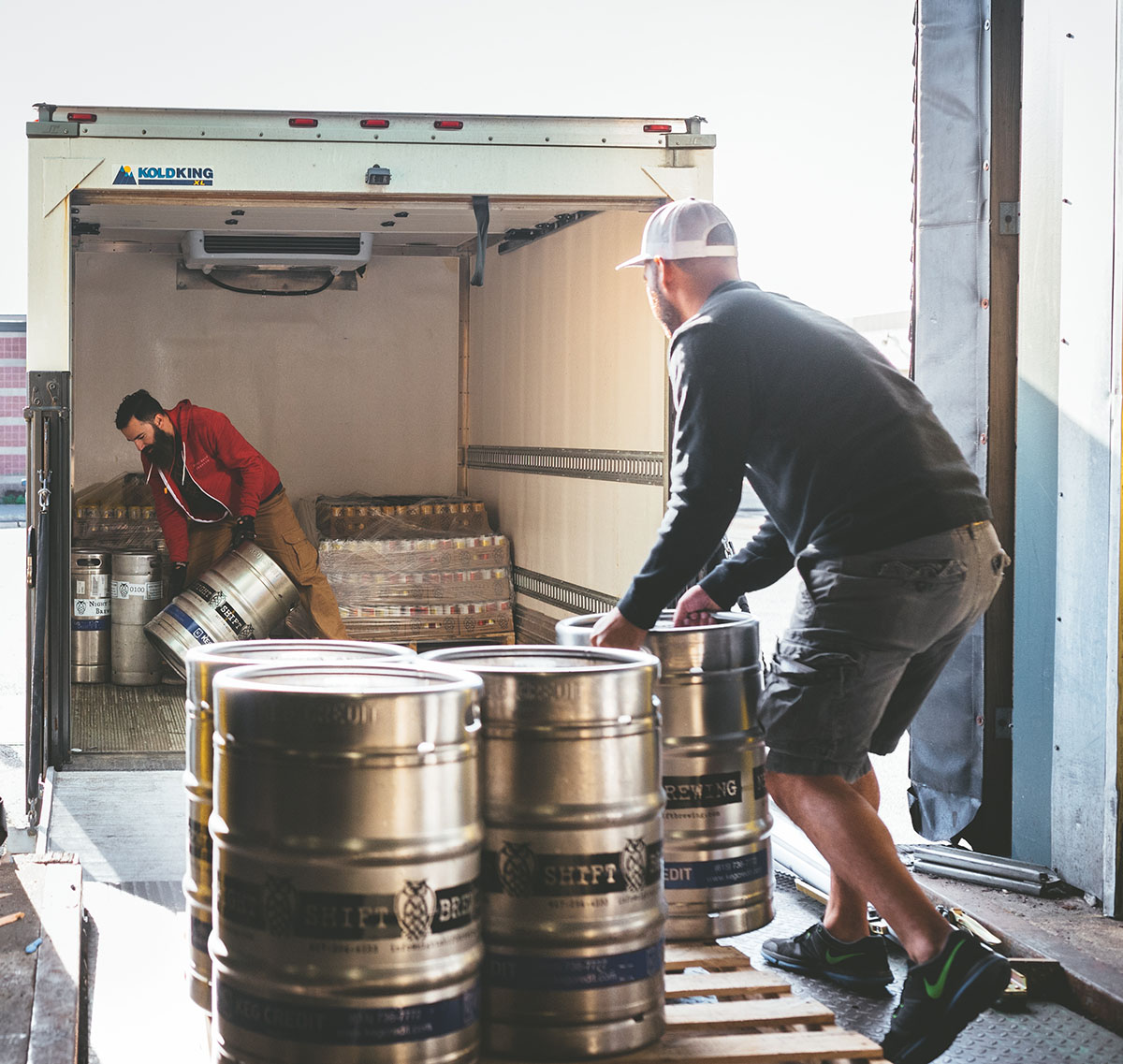
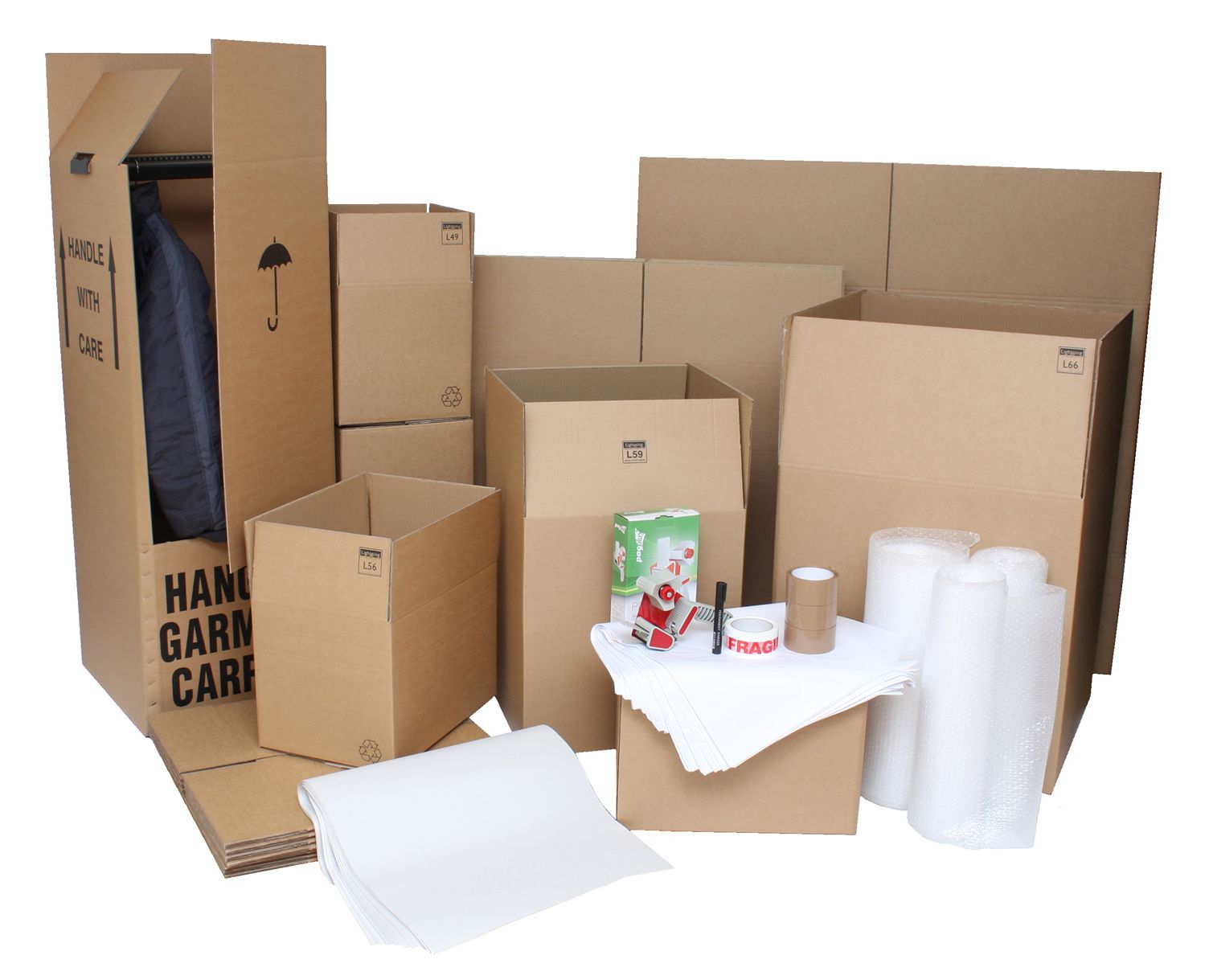
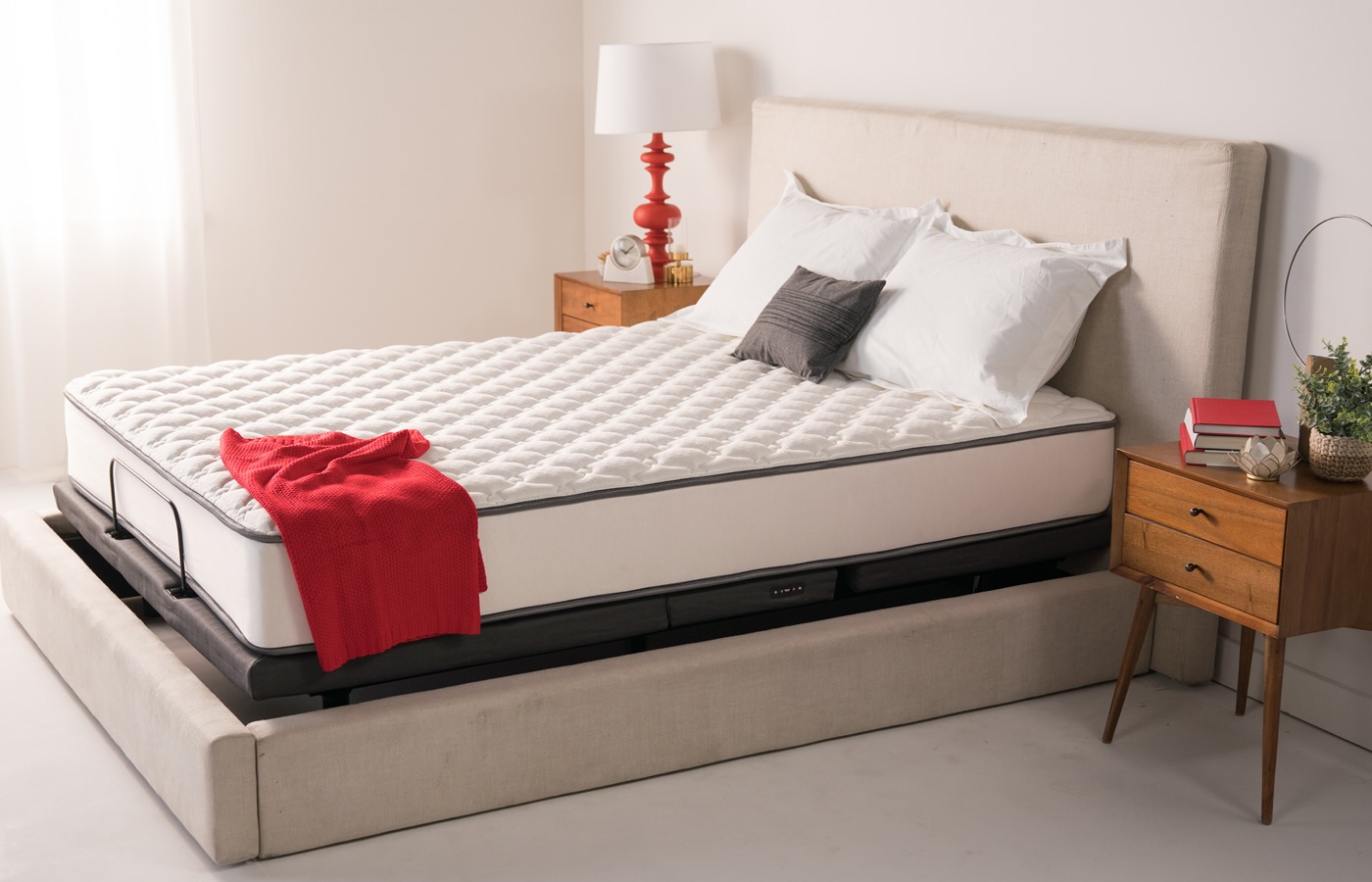

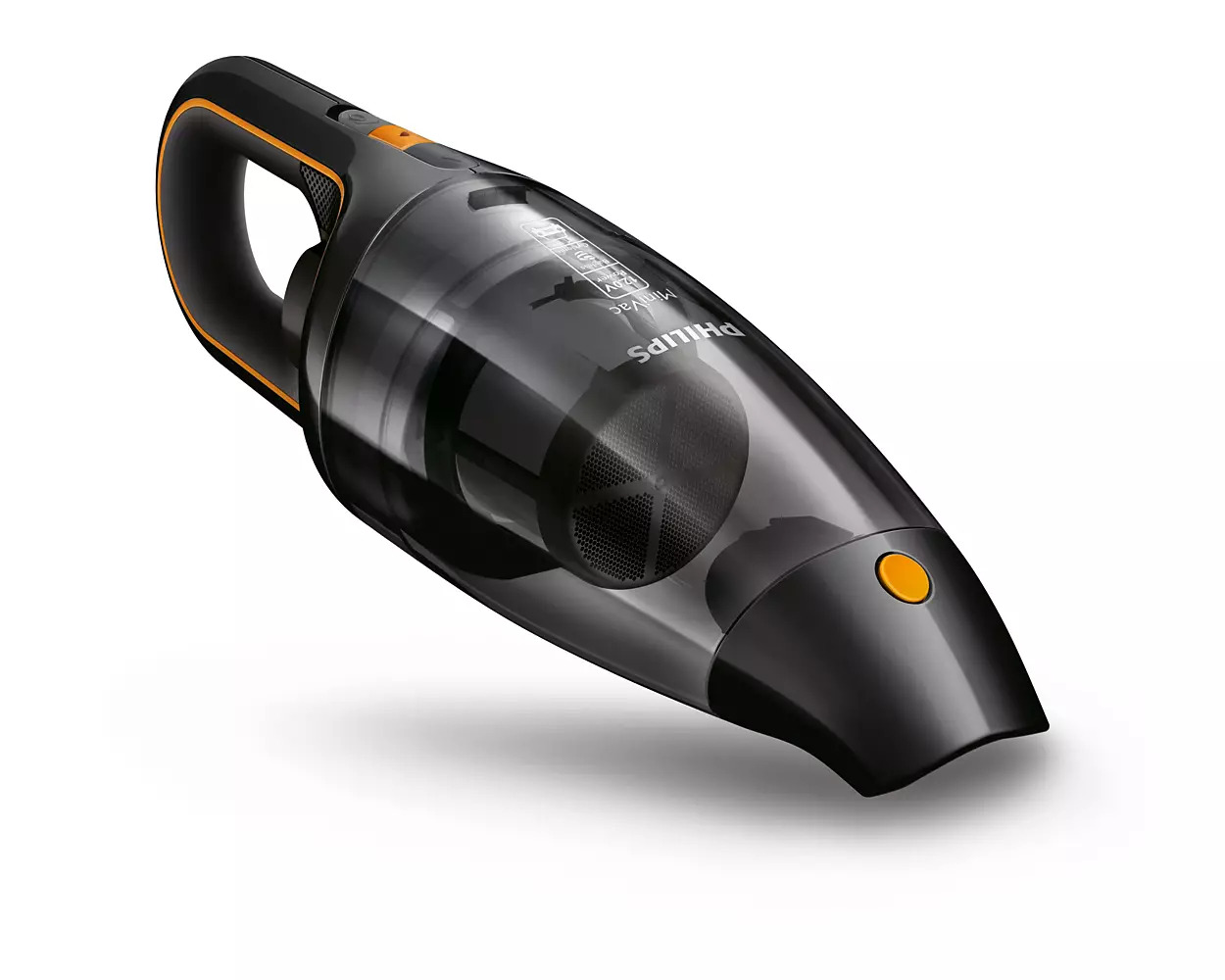
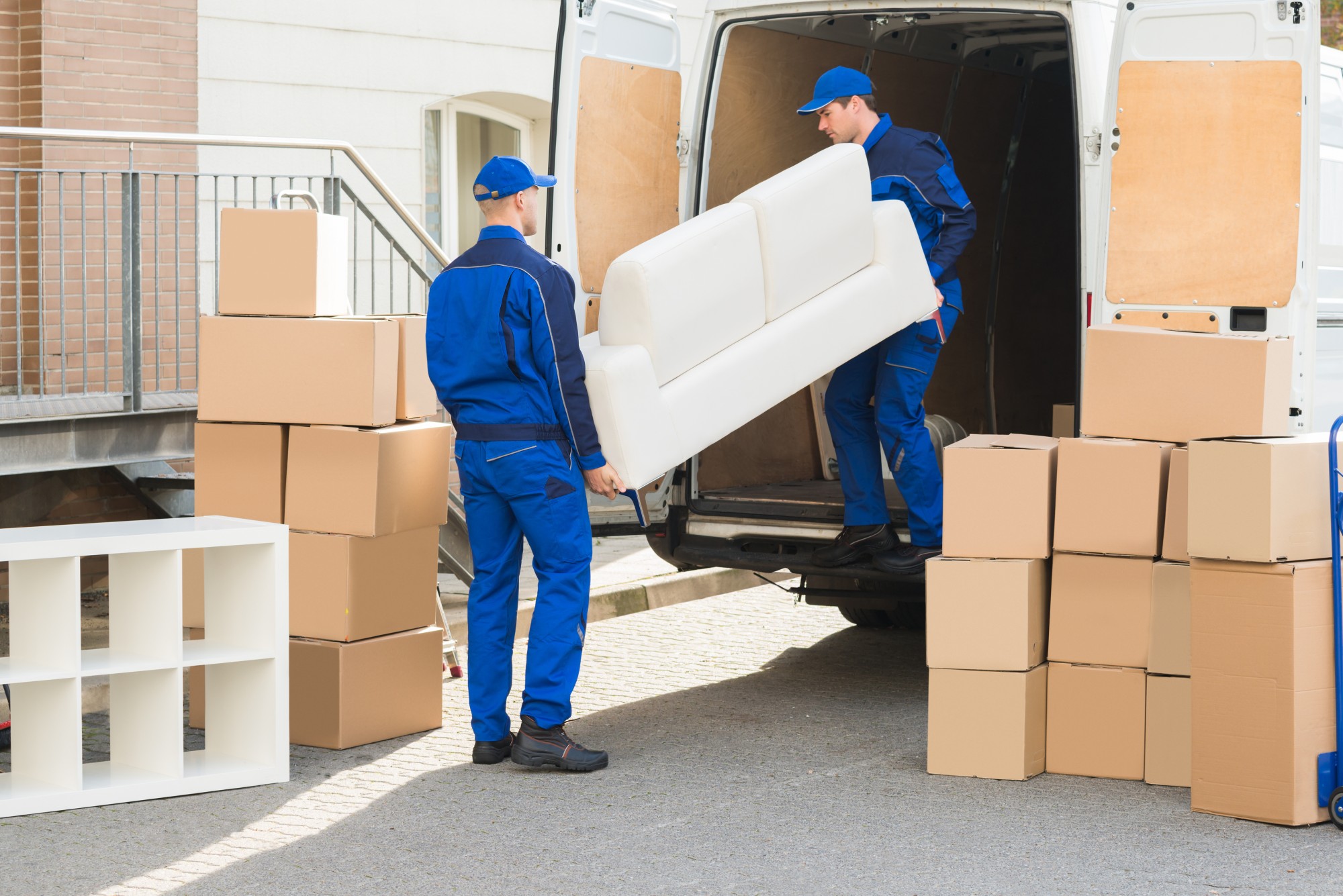
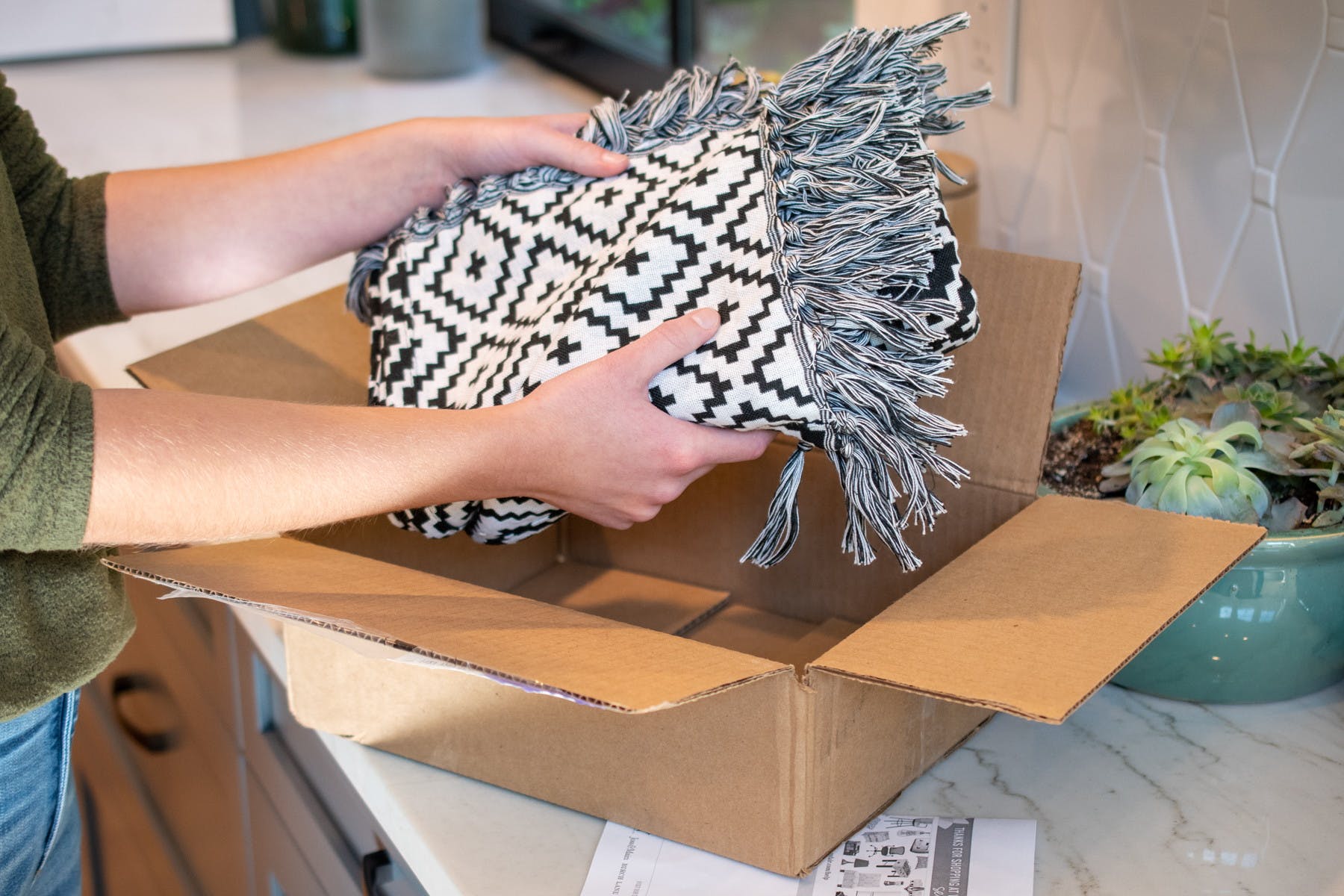

0 thoughts on “How To Measure Boxes For Shipping”